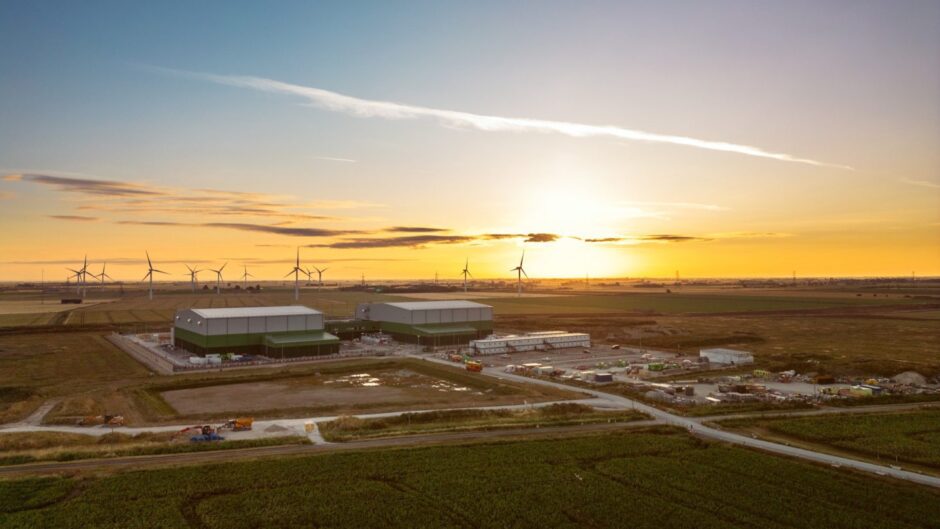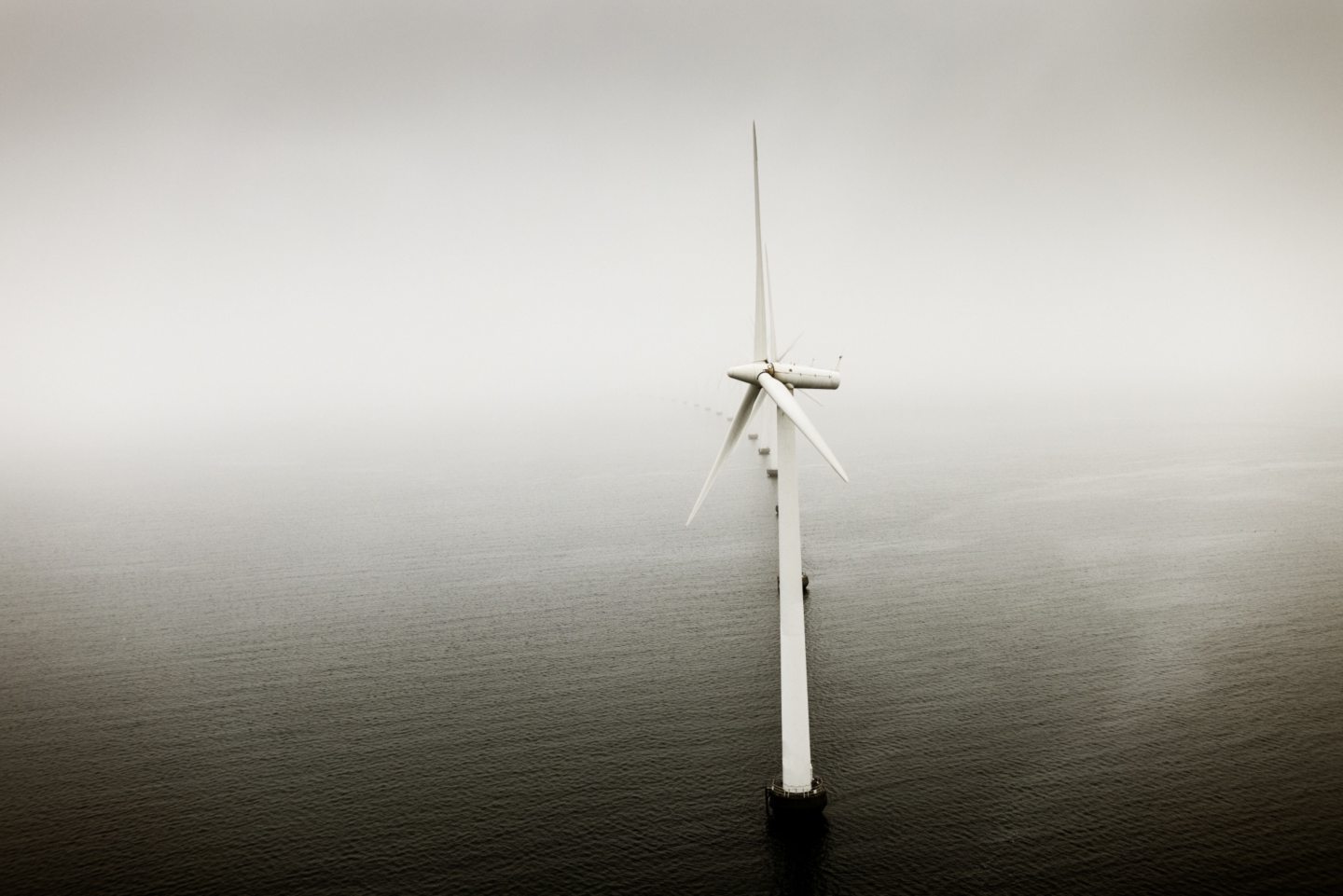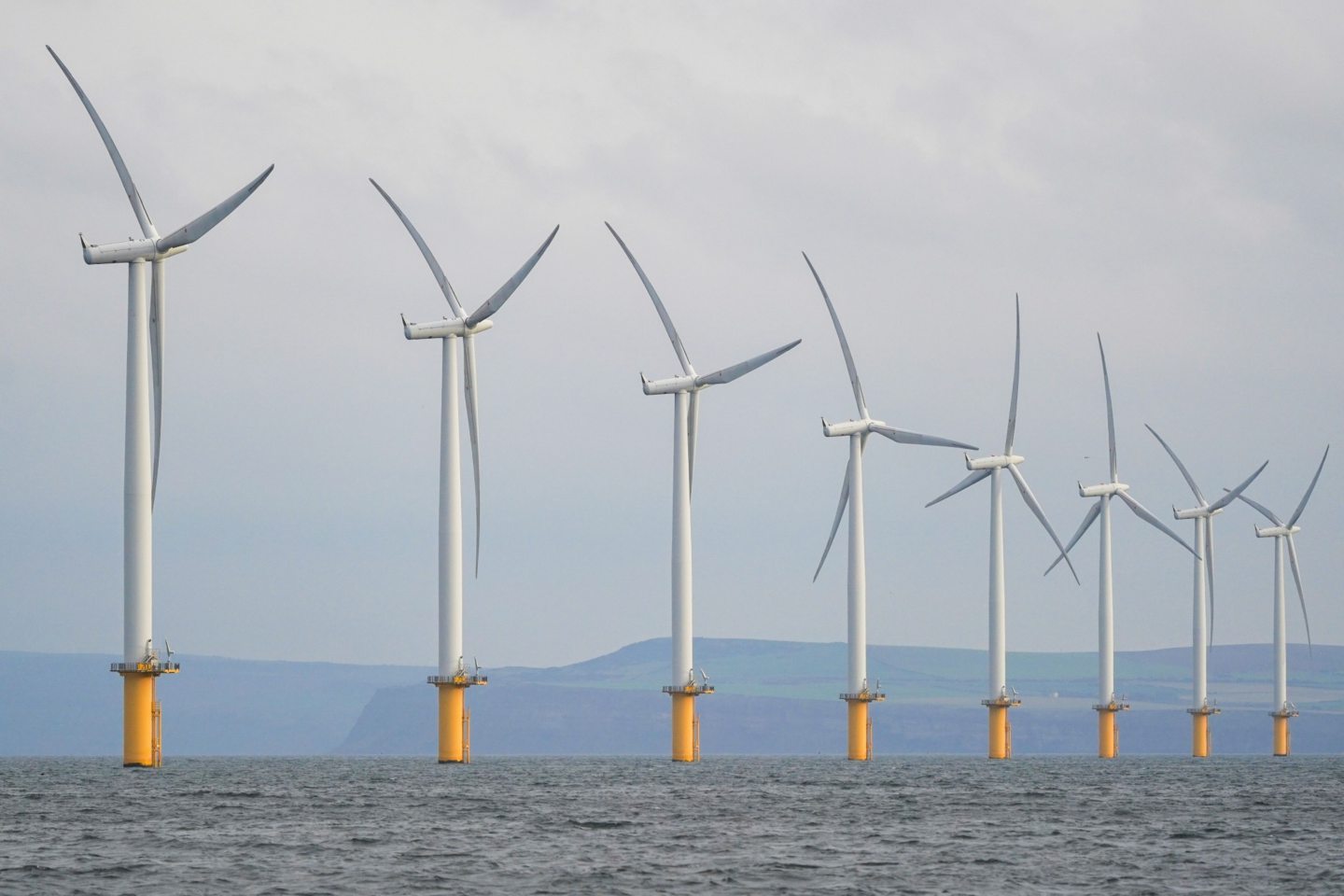
National Grid has officially launched its record-breaking Viking Link interconnector cable between the UK and Denmark, in what it says is the “next step towards a North Sea super-grid”.
Running from Lincolnshire to Jutland in Denmark, the 475 mile-long land and subsea cable connects the British and Danish energy grids for the first time.
The £1.8bn project commenced operations in December last year, and is now the longest land and subsea cable in the world.
The Viking Link allows renewable wind power to be shared between the North Sea neighbours, with around 1,733 GWh of power already transported via the cable.
North Sea super grid
National Grid said with both countries set to become “hubs of clean energy in Europe”, the UK and Denmark will act as cornerstone nations for the long-mooted North Sea “super grid“.
The Viking Link is National Grid’s sixth interconnector and the UK’s ninth, the system operator said the cable is a “vital instrument in delivering low cost, low carbon power to UK consumers”.
The interconnector will also help the Danish and British power grids to balance the “peaks and troughs” of renewable electricity supply as the share of wind generated power continues to grow, National Grid said.
With the UK currently a net importer of energy since 2004, National Grid said as renewables volumes increase this is expected to reverse by the 2030s.
Alongside the Viking Link, other interconnector projects including the LionLink and Nautilus projects, which will connect the UK to the Netherlands and Belgium respectively, will allow the UK to export excess wind power to Europe.
Low carbon power
Similarly, when renewable output is low the interconnectors will support low carbon power imports to meet UK electricity demand.
National Grid said in its first year alone, Viking Link is expected to save 600,000 tonnes of carbon emissions – equal to taking 280,000 cars off UK roads.
Meanwhile, National Grid’s entire interconnector fleet is expected to prevent around 100 million tonnes of carbon emissions by 2030 ,with 90% of the energy imported from zero carbon energy sources.
Viking Link alone will bring over £500 million of savings for UK consumers in its first decade of operations while provide power for 2.5m homes, the operator said.
Energy security
National Grid chief executive officer John Pettigrew said the value of connections like Viking Link to national energy security “cannot be understated”.
“Over its lifespan, this record-breaking connection will deliver over five billion pounds in efficiencies for UK consumers, allow us to trade hundreds of gigawatts in surplus power, and provide an indispensable tool in guaranteeing the continued reliability of our energy system.”
Mr Pettigrew said physical connections between countries are central to the international collaboration underpinning the energy transition.
“Our existing fleet, Viking Link and our planned Nautilus and LionLink projects will act as the cornerstone for North Sea nations to make the most of up to 300GW of offshore wind generation, delivering low-cost renewable energy to consumers with the least impact on coastal communities,” he said.
Energy secretary Claire Coutinho said the “incredible feat of engineering” will help the UK achieve net zero while strengthening energy security with a “trusted ally”.
LionLink and Nautilus
With the Viking Link up and running, National Grid is continuing to progress plans for two more interconnectors joining the UK grid to mainland Europe.
Last year, National Grid announced joint plans with Dutch electricity system operator TenneT for a new 1.8GW LionLink interconnector between the UK and The Netherlands.
Expected to be operational by the 2030s, LionLink is the second link between the two countries and is also planned to connect to offshore wind generation.
Meanwhile, National Grid is also working with Belgian electricity operator Elia on a second new link called Nautilus.
Currently in the planning phase, the subsea cable could connect up to 1.4GW of offshore wind between the UK and Belgium, powering up to 1.4m UK homes.
The projects follow the successful completion of the North Sea Link interconnector to Norway, which National Grid said paid for its own carbon costs after just six months in operation.
Elsewhere, other interconnector projects in Europe include plans to connect solar power generation in Morocco to the UK via a subsea cable.
While National Grid is focused on electricity interconnectors, there are further proposals for a network of subsea connections, including hydrogen and CO2 pipelines, dubbed North Sea 2.
Meanwhile, The Scottish Government recently awarded Aberdeen’s Net Zero Technology Centre £200,000 to advance research into the feasibility of exporting hydrogen from Scotland to Germany via subsea pipelines.
Recommended for you

 © Bloomberg
© Bloomberg © Supplied by Orsted
© Supplied by Orsted © Bloomberg Creative
© Bloomberg Creative © Supplied by Eneco
© Supplied by Eneco